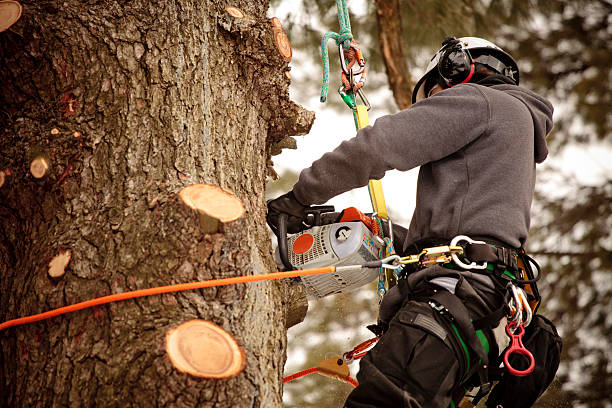Rooted Resilience is the metaphorical embodiment of the symbiotic relationship between trees and sustainability, representing the essential role that trees play in fostering a balanced and resilient ecosystem. Trees, with their deep-rooted connections to the soil, serve as guardians of environmental stability and vitality. Their role goes beyond mere aesthetics; they are the silent architects of a sustainable future. The strength of trees lies not only in their towering trunks and expansive canopies but also in their intricate root systems that anchor them firmly in the earth. This rooted resilience is a testament to the adaptability and endurance of trees in the face of environmental challenges. Trees act as natural carbon sinks, absorbing and storing significant amounts of carbon dioxide, thereby mitigating the impact of climate change. Their roots enhance soil structure, preventing erosion and promoting water retention, crucial factors for sustainable agriculture and water management.

In the context of urbanization and deforestation, fostering rooted resilience becomes imperative. Cities worldwide are increasingly recognizing the need to integrate green spaces and urban forests into their landscapes. These green lungs not only provide oxygen but also offer a refuge for biodiversity and contribute to the overall well-being of urban communities. The shade provided by urban trees reduces the heat island effect, moderating temperatures and creating more livable environments. As we strive for sustainable urban development, understanding tree surgeon altrincham and nurturing the rooted resilience of trees is a key component of building resilient and thriving cities. Furthermore, rooted resilience extends beyond environmental benefits to encompass social and economic aspects. Trees contribute to community well-being by providing spaces for recreation, relaxation, and social gatherings. They enhance the aesthetics of neighborhoods, improving property values and fostering a sense of pride and identity. Additionally, sustainable forestry practices ensure a continuous supply of wood and non-timber forest products, supporting local economies and promoting responsible resource management.
Educating and empowering communities to appreciate and protect trees is fundamental to strengthening rooted resilience. Tree-planting initiatives, conservation programs, and sustainable forestry practices play crucial roles in nurturing this resilience. Engaging in partnerships between government agencies, environmental organizations, and local communities can amplify these efforts, creating a collective commitment to preserving and expanding our tree cover. In conclusion, Rooted Resilience encapsulates the essence of trees as the unsung heroes in the quest for a sustainable future. Their deep connections to the earth, the air, and the water make them indispensable in maintaining ecological balance and mitigating the impacts of a changing climate. Recognizing the multifaceted benefits of trees and taking concerted actions to protect and expand their presence is an investment in the well-being of our planet and future generations. By strengthening the rooted resilience of trees, we forge a path towards a more sustainable, harmonious coexistence with nature.


